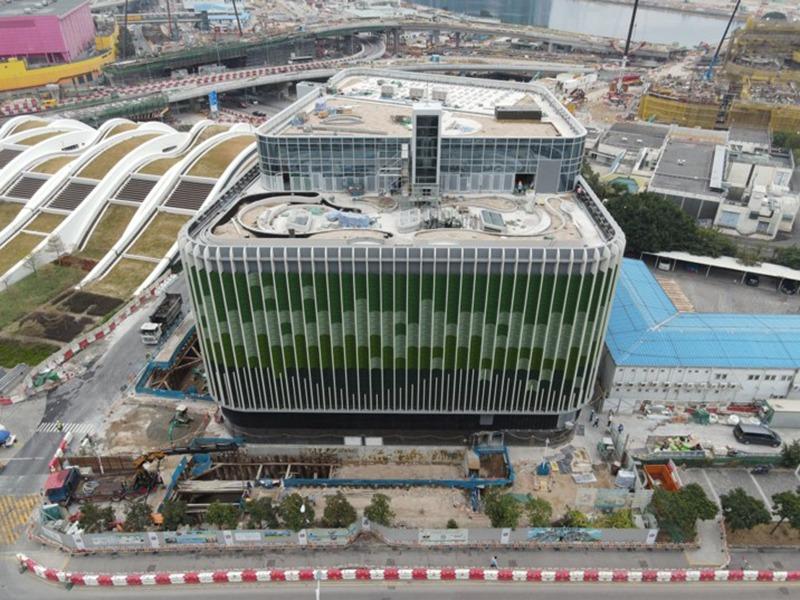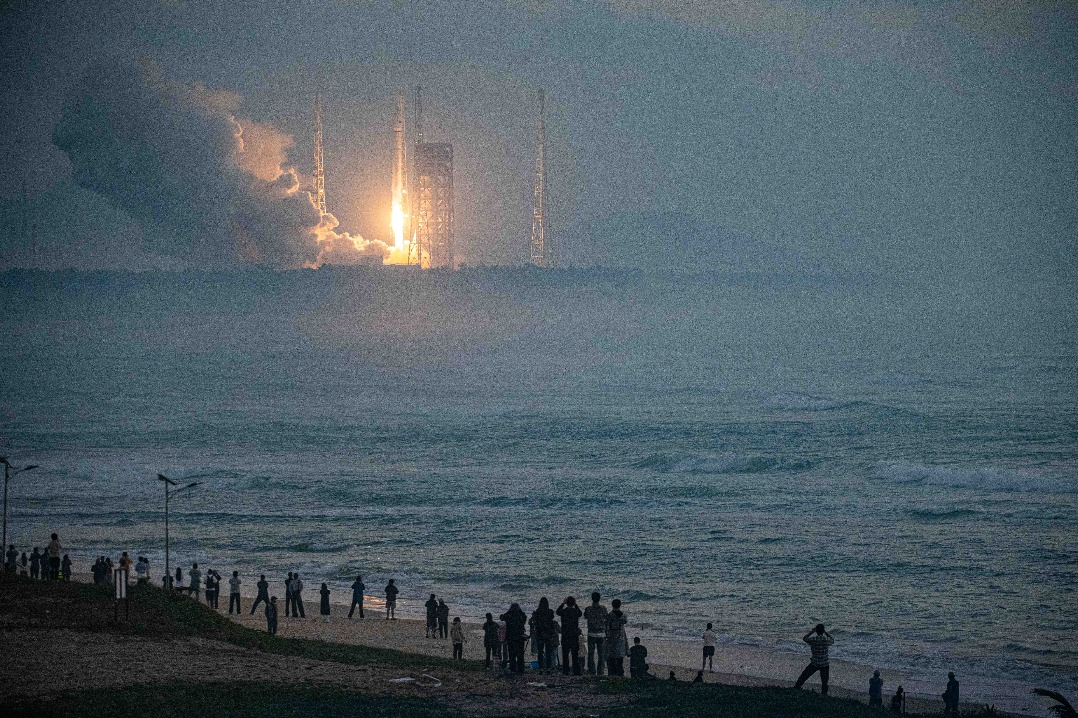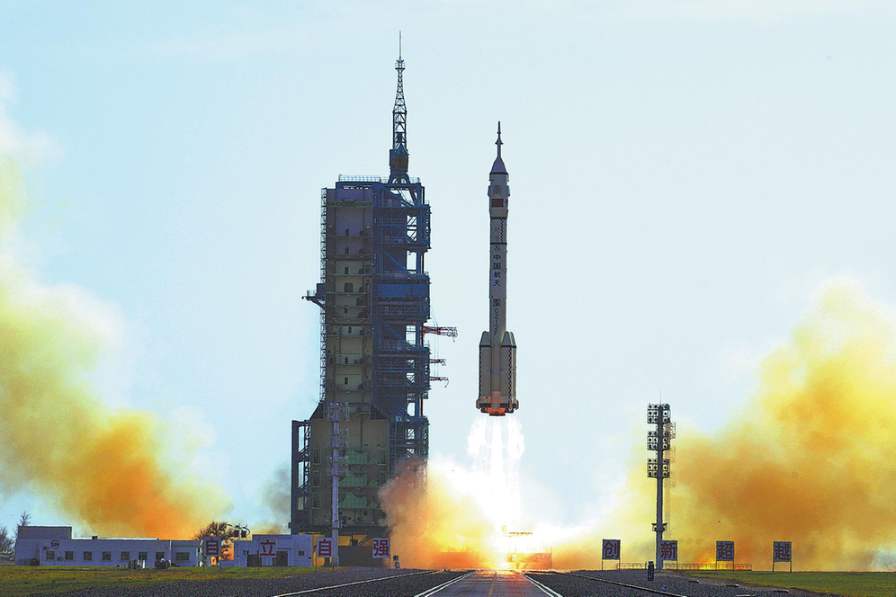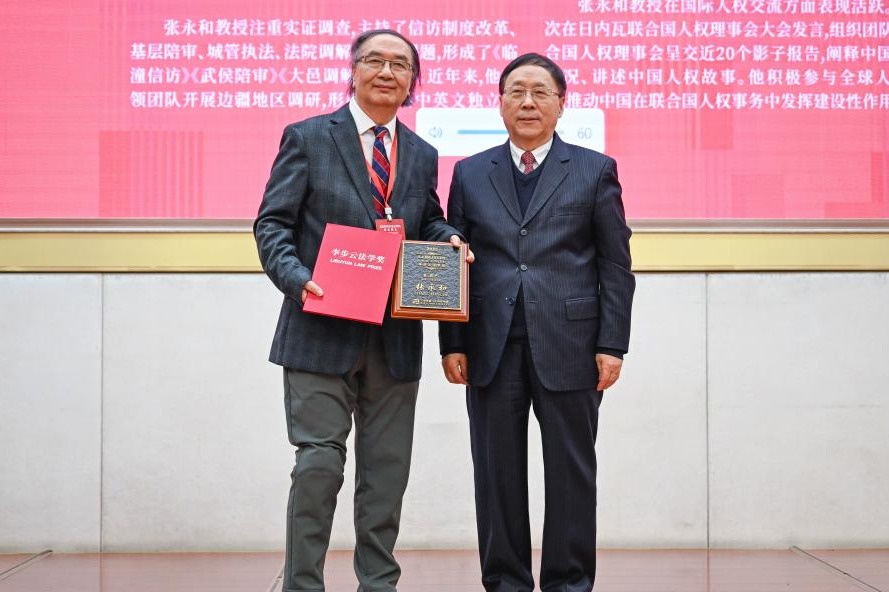Shenzhen goes above and under


Higher-end plants
Shenzhen is also relocating small and midsize factories to high-rise buildings to free up more land for development. Sitting on the boundary between Shenzhen and Huizhou in Guangdong province, the Pingshan New Energy Vehicle Industrial Park is a benchmark project demonstrating how "upstairs factories" work.
The park's first phase, which has been completed, has a 17-floor industrial tower. Cargo vehicles can enter the building's first three floors through side roads, while four cargo elevators can carry trucks from the fourth to the 17th floors. There're also a 22-story building for research purposes, and a 19-story development tower in the park. The latter two buildings house canteens, banks and shops on their lower floors, offices and laboratories on the middle floors, and dormitories on the upper levels.
With a vertical design, the park takes up a total land area of almost 110,000 square meters. It can provide more than 320,000 square meters for industrial and R&D purposes, and is capable of accommodating 80 to 100 small and midsize factories, according to Lu Donghe, deputy general manager of the park's operator Shenzhen Pingshan District Industrial Investment Service Co.
Apart from saving land, Lu believes housing companies from the same supply chain in one building can boost productivity. "Companies may find that products they need can be developed or produced by other enterprises, and they can easily interact with each other." The three buildings have also reinforced their floors to withstand heavier equipment and the vibrations produced.
Completed in mid-2023, the industrial park will welcome the first factory to be set up there in a few months. The park's 36,900-square-meter second phase is under construction, with a 6,600-square-meter single-floor laboratory and an industrial tower designed for the use of the Shenzhen Automotive Research Institute of the Beijing Institute of Technology.
Shenzhen launched a five-year plan in 2022 to promote the building of "upstairs factories", vowing to provide over 2,000 hectares of high-quality, low-rent and customized industrial space annually. More than 72 such projects across the city have been completed so far.
Last month, the low-altitude economy also saw an "air taxi" — an electric vertical take-off and landing aircraft — complete a trial intercity flight from Shenzhen to Zhuhai in 20 minutes, testifying to Shenzhen's resolve to develop the sector.
A 200,000-square-meter underground integrated transportation hub is also taking shape in Qianhai, aimed at linking the economic zone with the rest of the Greater Bay Area by three metro lines and an intercity railway.
- HK fire: 4,510 residents in shelters as support fund reaches HK$3.6b
- Scholars, industry insiders call for a responsible, scientific, credible think tank research system
- Remains of former Chinese leader Wang Bingqian cremated
- Buddhist body urges followers not to release lifeless items into the natural environment
- Report: Average age of China's workforce nearing 40
- Renowned actress He Qing passes away at age 61




































